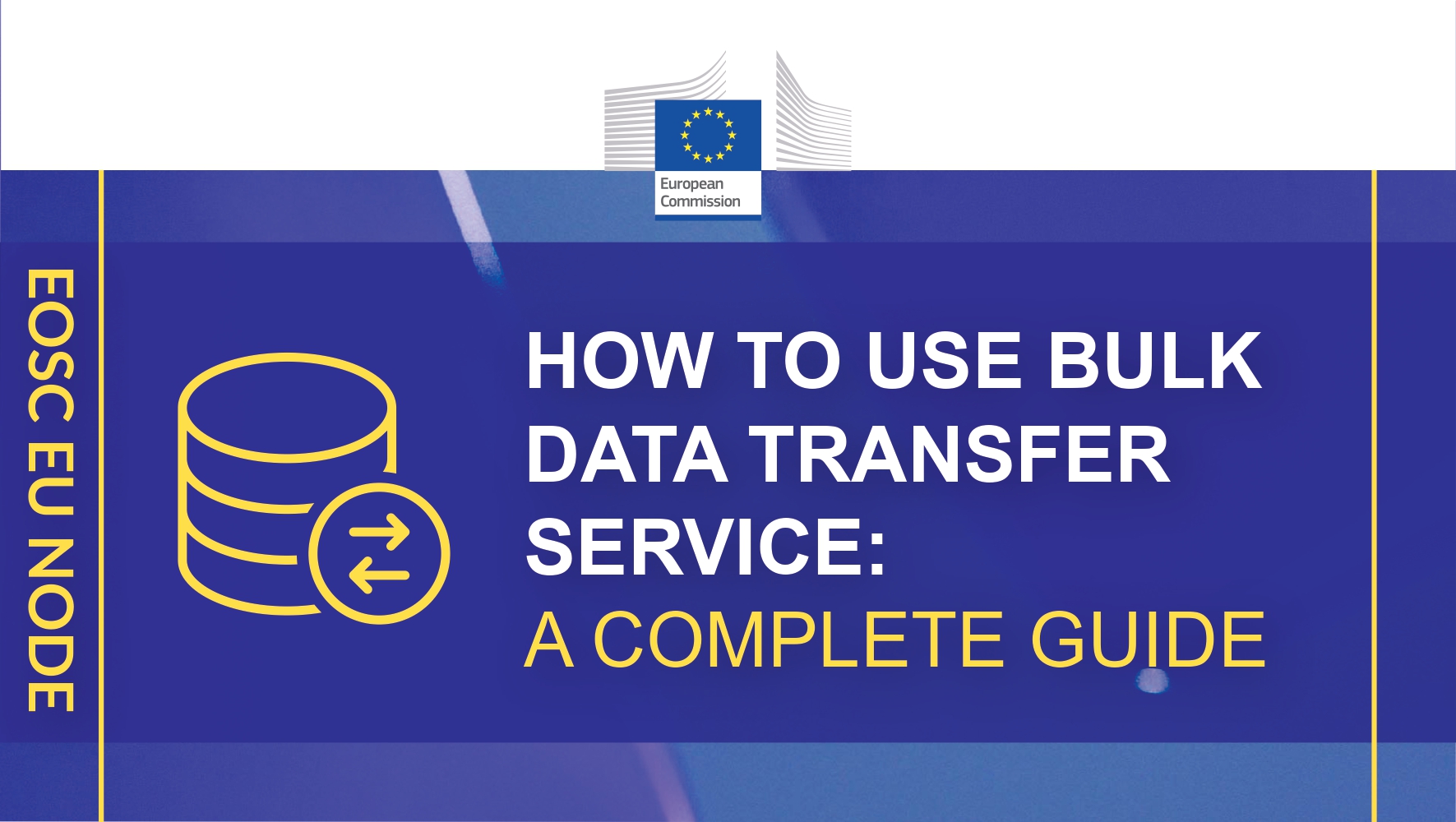1. General Introduction
This course provides a practical and comprehensive introduction to Responsible Research Assessment (RRA) why it matters, how it is implemented, and which tools and resources can support institutions and individuals in making the transition. You will begin by understanding the limitations of traditional evaluation systems and the global reform movements pushing for change. The course then guides you through the i+SCOPE methodology, a structured approach that helps organisations define purpose, clarify values, identify meaningful contributions, and build transparent assessment protocols.
From there, you will explore the GraspOS Catalogue, a central hub where tools, services, datasets, and guidelines for responsible assessment are brought together in one accessible place. You will discover concrete digital services including profile builders, indicator dashboards, citation tools, book-usage metrics, and metadata validators through real training demonstrations. The final module broadens your perspective with additional resources and initiatives outside the Catalogue, such as narrative CV frameworks, peer-mentoring approaches, and community-driven open infrastructures. By the end of the course, you will understand not only why assessment reform is essential but also how and where to take practical steps toward more fair, transparent, and meaningful evaluation practices.
2. Instructions for Learners
Welcome to this course on Responsible Research Assessment (RRA).Before you begin, please follow these guidelines to get the most from your learning experience:
Move through the modules in order, as each builds on the previous one.
Watch the included videos and review linked slides and external resources—they demonstrate real tools and processes.
Reflect on the examples and consider how assessment practices operate in your own context.
Complete the quizzes at the end of modules to check your understanding.
If you are a trainer, make sure to watch all demonstrations beforehand so you can confidently guide participants through the tools and services.
Remember that this course is practice-oriented: you will be encouraged to identify values, assess readiness, explore tools, and prepare for an assessment protocol of your own.
This learning journey will help you move from awareness to action as you rethink and redesign research assessment.
3. Learning Outcomes
By the end of this course, you will be able to:
Explain what research assessment is and why traditional approaches are being reconsidered, recognising the motivations behind the shift toward more responsible, multidimensional evaluation.
Understand the principles of Responsible Research Assessment, including the importance of context, transparency, and recognising diverse contributions.
Describe how the i+SCOPE methodology works, guiding institutions to design evaluation processes that align with their values and objectives.
Navigate the GraspOS Catalogue and identify relevant tools, services, and guidelines to support assessment activities in your context.
Engage with additional external initiatives and resources that strengthen the transition to responsible assessment.
Prepare for defining a context-specific assessment protocol using the frameworks and resources introduced in the course.
4. Course Structure
Module 1 — The Reform of Research Assessment & the Need for Transition
Lesson Title: The Reform Research Assessment and the need for Transition
Description:This lesson explains what research assessment is, how it influences decisions across the ecosystem (researchers, RPOs, RFOs), and why traditional systems based on publication counts and journal prestige fall short. It introduces the principles of RRA and presents global reform movements such as DORA, the Leiden Manifesto, and CoARA.Who Benefits:Researchers, research managers, institutional leaders, funders, and anyone seeking a clearer understanding of why assessment reform is needed.Estimated Duration: ~45 minutes (content + reading + quiz)
Module 2 — Redesigning Research Assessment: How i+SCOPE Guides Contextual Change
Lesson Title: Redesigning Research Assessment: How i+SCOPE Guides Contextual Change
Description:This lesson introduces the i+SCOPE methodology as a structured way to translate values into assessment practices. Learners explore how to define purpose, clarify values, identify indicators, and document an assessment protocol.
Key tools: the Assessment Protocol Portfolio (APP) and the Openness Profile (OP) are presented in depth.
Who Benefits:Institutional assessment designers, RPOs, RFOs, research officers, and teams developing new evaluation processes.Estimated Duration: ~60 minutes (content + resources + quiz)
Module 3 — Where to Find the Resources for Responsible Research Assessment
Lesson Title: Where to Find the Resources for Responsible Research AssessmentDescription:This lesson explains why a central Catalogue is needed and introduces the GraspOS Catalogue as a practical entry point for tools, services, datasets, guidelines, and templates that support assessment reform. Learners discover the Data Registry, Tools Catalogue, Services Catalogue, and guidance materials.
Who Benefits:Researchers, institutions, funders, librarians, digital infrastructure teams, and anyone looking for ready-to-use RRA resources.Estimated Duration: ~45 minutes (content + browsing + quiz)
Module 4 — What You Can Find in the GraspOS Catalogue
Lesson Title: What You Can Find in the GraspOS CatalogueDescription:This lesson provides video-based training on key services within the Catalogue, such as BIP! Scholar, OpenAIRE MONITOR, OpenCitations, OPERAS Metrics, PRISM, the OpenAIRE Metadata Validator, and the OpenAIRE Graph API. Learners see demonstrations of how each tool works and how it supports responsible assessment.Who Benefits:Researchers building holistic profiles, institutional analytics teams, library staff, assessment committees, and funders seeking transparent metrics.Estimated Duration: ~90 minutes (multiple videos + exercises + quiz)
Module 5 — Additional Resources to Support Your RRA Transition
Lesson Title: Additional Resources to Support Your RRA TransitionDescription:This final lesson highlights complementary initiatives not yet in the Catalogue—such as PEP-CV, OPUS, Diamond Open Access infrastructures, and webinars on cultural and policy change. These resources expand the learner’s understanding of narrative CVs, peer mentoring, alternative publishing models, and broader systemic reform.Who Benefits:Individuals seeking a deeper understanding of the wider RRA movement—policy makers, research offices, funders, senior managers, and reform advocates.Estimated Duration: ~60–75 minutes (videos + discussions + quiz)
